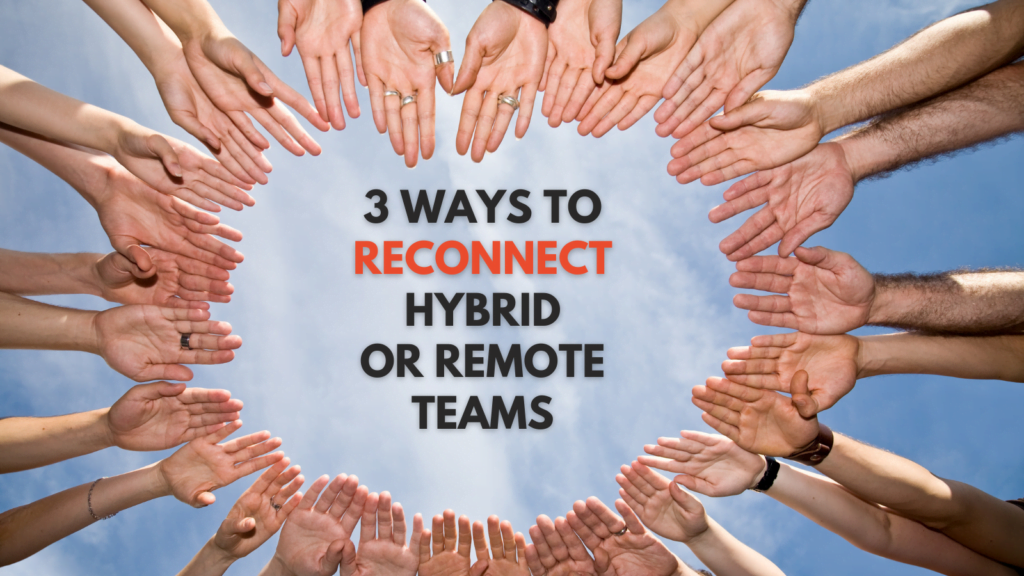Finding the New ‘Business as Usual’ in a Post-Pandemic World
For decades, ‘business as usual’ meant reporting to the office, meeting with colleagues and sitting at your prescribed desk until home time. In a matter of weeks, everything changed. Covid-19 arrived, and along with it terms like ‘unprecedented’ and ‘lockdown’ – words that would completely and irrevocably disrupt standard operating procedure for businesses around the …
Continue reading “Finding the New ‘Business as Usual’ in a Post-Pandemic World”


